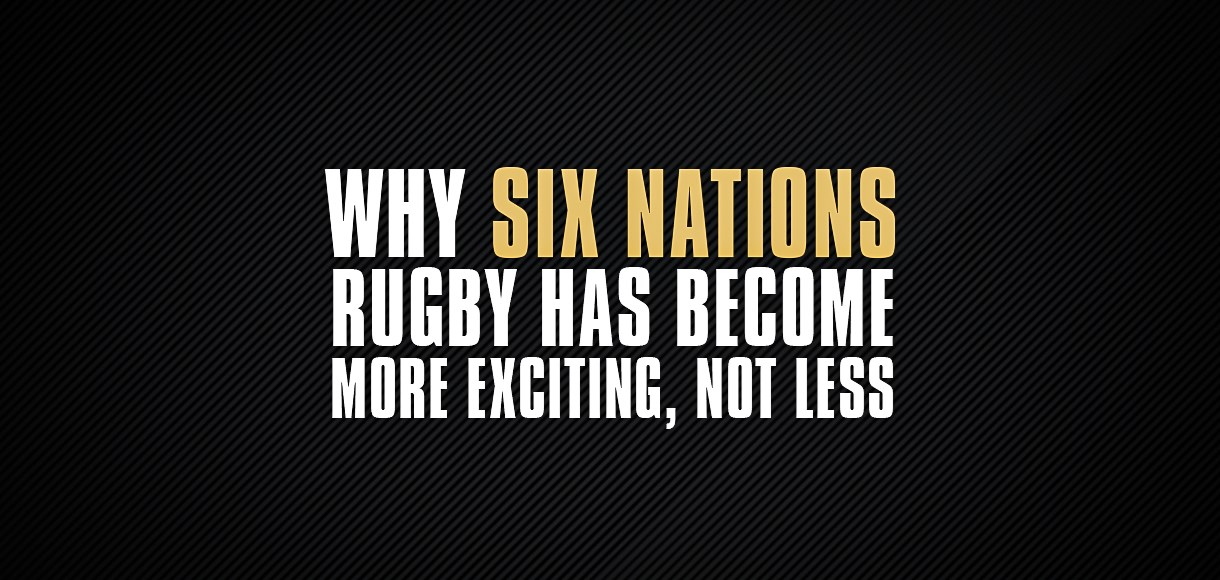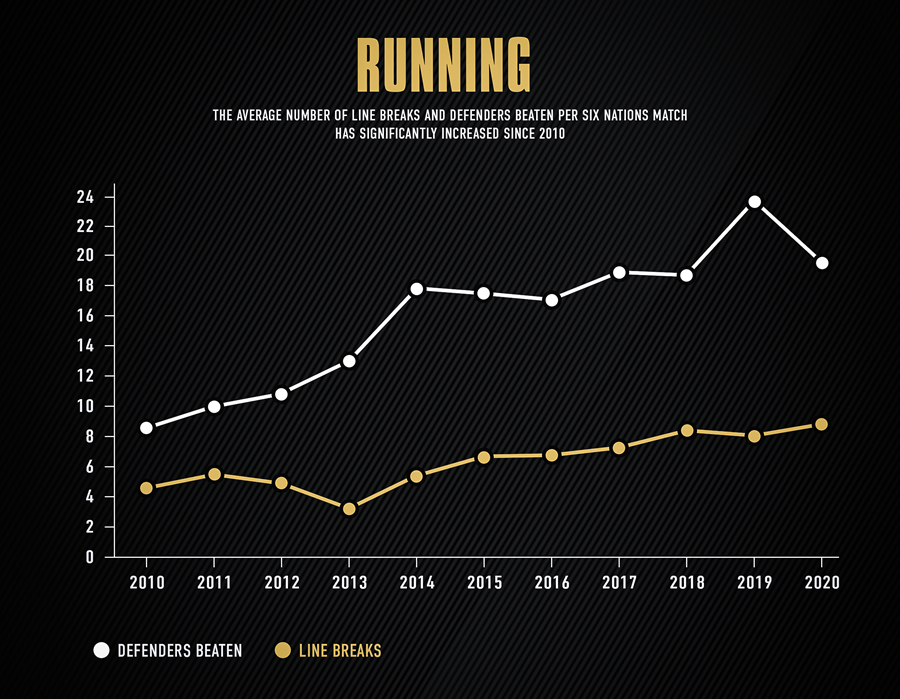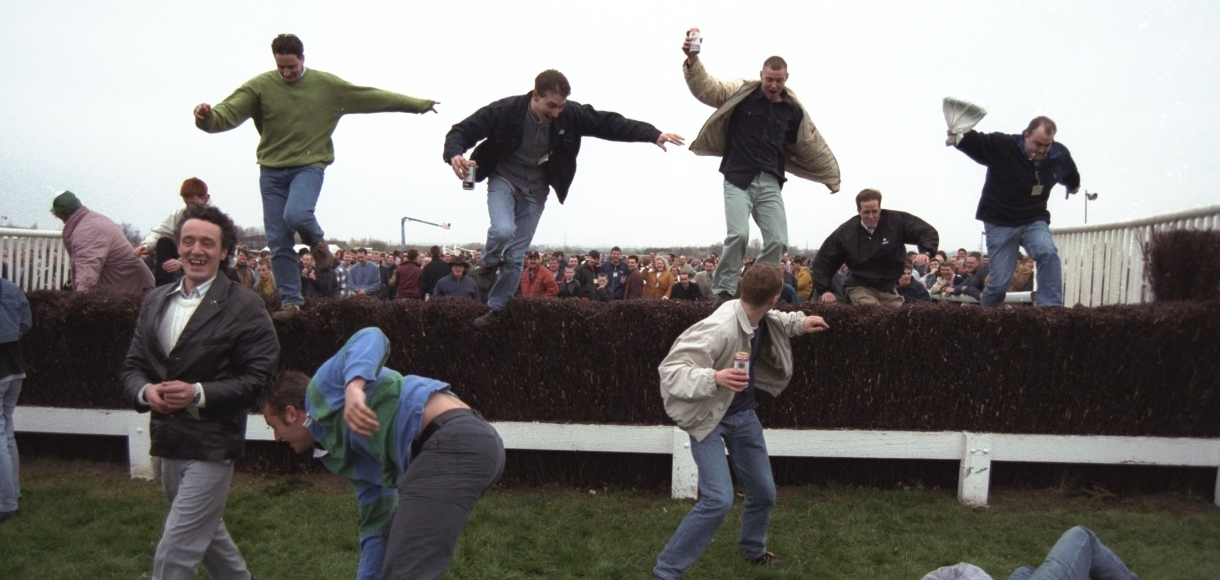Why Six Nations rugby has become more exciting, not less

Six Nations rugby has come under fire of late for a lack of excitement, but statistics from the last 10 tournaments tell a very different story.
Boring. Slow. Unwatchable.
These are just some of the words that have been used to describe international rugby – particularly in the Northern Hemisphere – during recent months.
The success of England – who are favourites to win a second successive Six Nations title in the sports betting – and their territorial, kick-heavy game under Eddie Jones has contributed heavily to that perception.
Their victory in the Autumn Nations Cup final against a weakened France side at the start of December, in which they attempted eight penalties and needed an 80th-minute try to take the game to extra-time, triggered a cascade of criticism from a number of figures – including World Cup-winning coach, Sir Clive Woodward.
But is such criticism warranted? Is rugby actually more boring now than before?
To find out, we’ve analysed the last 10 Six Nations tournaments, delving into the stats to discover exactly how the style of play has changed over time.
The logical place to start is with scoring. Rugby, like most sports, is generally more exciting when more points are being scored.
In the 2010 Six Nations, a total of 594 points were scored across the 15 games at an average of just under 40 per match. That then dropped over the next two years, reaching a nadir of 534 (and average of 35.6) in 2013.
Since then, though, there hasn’t been a single year in which the tournament has failed to top 600 points – reaching 660 in 2015 before peaking the following year with 693, at an average of over 46 points per game.
Scoring has remained steady since then, with the 2020 tournament seeing a slight drop to 631.
A simple increase in scoring doesn’t tell the whole story, however – it is the way those points are scored that really matters.
Fans want to see tries, rather than endless kicks at goal, and the statistical trends show they are not being disappointed.
There were a total of 48 tries scored in the 2010 tournament which, when combined with successful conversions, made up just 51 per cent of the total points scored (594).
The rest was made up by 83 penalty kicks at goal – at an average of 5.5 per match – along with a few drop goals.
Five years on, in 2015, the number of tries had increased to 62, 46 of which were converted. Those 402 points made up 61 per cent of the tournament total – a 10 per cent increase.
In the most recent Six Nations, the number of tries jumped once again to 74, while the number of penalty goals had dropped to just 49, further widening the try to penalty ratio to 76:24.
Not only are more points being scored, but tries – which are what excite spectators most – are making up a greater proportion of those points.

So, the end product is clearly there, but more tries does not necessarily mean a more entertaining game.
What happens in open play, before those tries are scored, is what really contributes to the spectacle of an exciting rugby match.
The biggest criticism of the current game is that play is too focused on territory and set-piece dominance, with little enterprise shown with the ball.
The stats, though, paint a different picture.
Between 2010 and 2020, the number of kicks from hand per match in the Six Nations dropped from 66.8 to 56 – a decrease of nearly 20 per cent.
The 2018 and 2019 tournaments saw even fewer kicks from hand per match, with 45.8 and 52.4 respectively.
Endless kicks from hand can contribute to stale rugby, with teams essentially hoping that the opposition make a mistake rather than forcing the play themselves.
With teams now kicking the ball away less, it follows that they are keeping the ball in hand more.
In the 2010 Six Nations, there was an average of just 222 passes per match.
The number of passes has been steadily rising since then, with a high of 354 per match in 2018.
That dropped slightly in 2020 to 282, but the pattern is clear – Six Nations teams are more willing to hold and move the ball than they were 10 years ago.

Again, though, it could be argued that a decrease in kicking and an increase in passing alone does not make for more exciting rugby.
What teams do with the ball in hand is important – fans want to see verve and risk, not passing for the sake of it.
When teams play with those qualities, defences can break down and the game can open up.
In 2010, there were an average of 4.9 line breaks per Six Nations match, with 10.2 defenders being beaten every 80 minutes.
The number of line breaks decreased until 2013 – a year in which kicking dominated – but has risen significantly since then.
There were 8.6 line breaks per Six Nations match in the most recent edition – the most there has ever been during the last decade.
The number of defenders beaten has followed a similar pattern, with the 2020 tournament seeing a 91 per cent increase compared to 2010.

It is impossible to tell the whole story through stats, but, on paper, rugby has not become boring.
In fact, the style of play in the Six Nations has been more adventurous over the past couple of seasons than at any point over the last 10 years.
Not only are more points and tries being scored, but teams are running and passing more, while kicking the ball away less.
There were, admittedly, some dull games in 2020, but that is the nature of sport. Some games are thrillers, others are not.
A dull game or two is no reason to question the direction of the sport as a whole, particularly when you consider the extenuating circumstances of 2020.
Rugby has always been exciting, and that has not changed.
Visit Betway's rugby betting page.





































